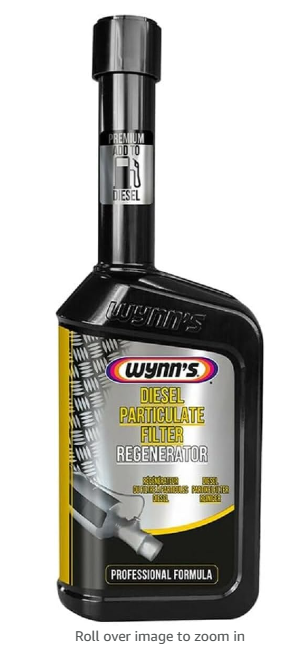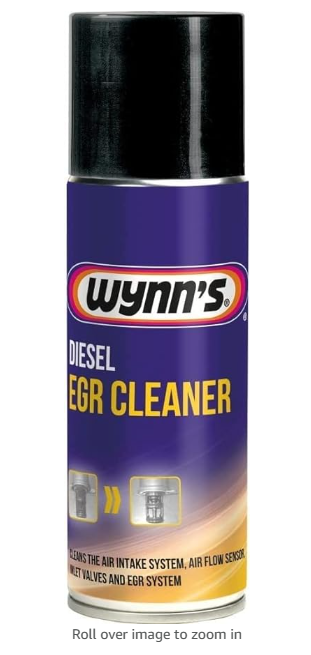Technically speaking it is “illegal” to tamper either any emission control systems on a vehicle.
According to the DPF guidance sheet on the .GOV website.
It is an offence under the Road vehicles (Construction and Use) Regulations (Regulation 61a(3))1 to use a vehicle which has been modified in such a way that it no longer complies with the air pollutant emissions standards it was designed to meet. Removal of a DPF will almost invariably contravene these requirements, making the vehicle illegal for road use.
A vehicle might still pass the MoT visible smoke emissions test, which is primarily intended to identify vehicles that are in a very poor state of repair, whilst emitting illegal and harmful levels of fine exhaust particulate.
This includes DPF removal, EGR value removal / modification and strictly speaking ECU remapping. For EGR valves this is a grey area as you car won’t fail its MOT with the device removed unless it causes the vehicle to emit more than the allowable emissions limit.
A quick Google search reveals a huge market for EGR removal – often marketed with DPF removal and remap. But taking into consideration the points on our EGR FAQ page we really wouldn’t advise it.
Unlike DPF removal the process of removing the EGR value can be reversed relatively simple by either removing the blanking plate, plugging it back in or simply unblocking a vacuum hose.
EGR Cleaning Sprays on Amazon
** Update **
I’ve just had an email back from our friendly MOT tester and his exact words are:
“The only thing that’s measured is smoke density”
I certainly didn’t expect that reply! We’ve been looking into it further and he’s spot on (as expedted). Diesel cars are only smoke tested – specifically looking for diesel particulate matter emissions. This could be cause for concern if you’ve had your DPF removed!
Taken from https://www.nidirect.gov.uk/articles/vehicle-test-procedures
Smoke test
The smoke emitted from diesel (compression ignition) engined vehicles is assessed for its density. It is carried out by the use of an approved and calibrated smoke meter.
The engine will be accelerated up to governed speed and the density of the smoke measured.
After the third acceleration the average reading is recorded. If the reading is below 2.5m-1 for non-turbocharged engines or 3.0m-1 for turbocharged engines the vehicle will pass.
However if the average is higher, a further acceleration is carried out and the average of the last three readings are used, this will continue until a maximum of six accelerations have been carried out.
If the average of the fourth, fifth and sixth acceleration is higher than the appropriate level the vehicle will not pass the test.
In addition to the smoke meter readings, any of the following will result in the vehicle being refused a certificate:
- exhaust emits excessive smoke or vapour of any colour, to an extent likely to obscure vision
- emissions cannot be measured because a tail pipe is damaged or an accessory is fitted which prevents the insertion of the smoke meter probe
- insufficient oil in the engine or low oil pressure which could cause engine damage if engine is accelerated
- obvious signs of an engine defect such as an unusual noise or emission of smoke
- obvious signs that the governors have been tampered with or are not operating
It is important that vehicles are properly maintained (including changing of timing belts) in accordance with the manufacturers’ recommendation and presented for test at normal working temperature.
If you’ve experienced any issues after removing or disabling your EGR valve then please let us know in the comments below.


